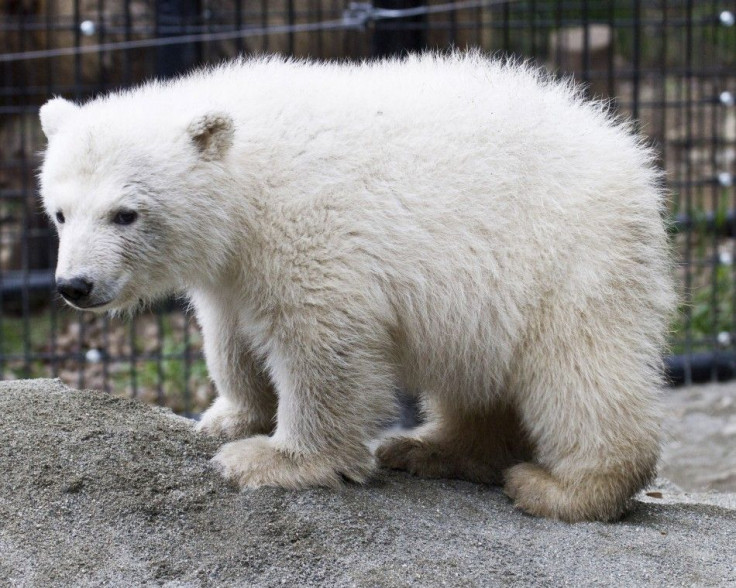Arctic Polar Bear Origins Trace to a Single, Brown, Irish Mama Bear

Thanks to a single, female ancestor -- a brown bear from Ireland, who lived around 20,000 to 50,000 years ago - polar bears can now know where they came from, according to a study reported in Current Biology.
Climate change, it seems, forced polar bears and various species of brown bears into each other's territory, resulting in interbreeding and leading to hybridization that plopped maternal DNA from brown bears into polar bears .... in Ireland.
The hybridization event probably led to a fixation of the modern polar bear's mitochondrial DNA, where a drastic reduction in genetic variation mean the entire gene pool was flooded with just one form of a particular gene, from just one female bear.
Researchers concluded that the reconstruction of the maternal history of the brown and polar bears has striking features. The first is that it's punctuated by dramatic and discrete climate-driven dispersal events, and the second is that the opportunistic mating between the two species as their ranges overlapped has left a strong genetic imprint, according to the research summary on Current Biology's website.
The researchers believe the finding suggests that not only this form of crossbreeding may be more common than previously thought, but may be a mechanism by which species deal with marginal habitats during periods of environmental deterioration, according to the summary.
In total, 242 brown bear and polar bear mitochondrial lineages throughout the last 120,000 years and across multiple geographic ranges were sampled. They found that the fixation of the mitochondrial genome likely occurred during or just before the peak of the last ice age, possibly as early as 50,000 years ago, and near present-day Ireland.
Those Irish brown bears are now extinct, dying out roughly 9,000 years ago.
Polar bears, known scientifically as Ursus maritimus, or sea bear, evolved some 200,000 years ago from brown bear ancestors, and adapted for survival in the far north. The five nations that have polar bear populations include the United States (Alaska), Canada, Russia, Greenland and Norway, according to Polar Bears International, a nonprofit group dedicated to worldwide conservation of polar bears and its habitat.
Polar bears are the world's largest non-aquatic predators, and they top the food chain in the Arctic, primarily preying on ringed seals, according to Polar Bears International.
© Copyright IBTimes 2024. All rights reserved.











